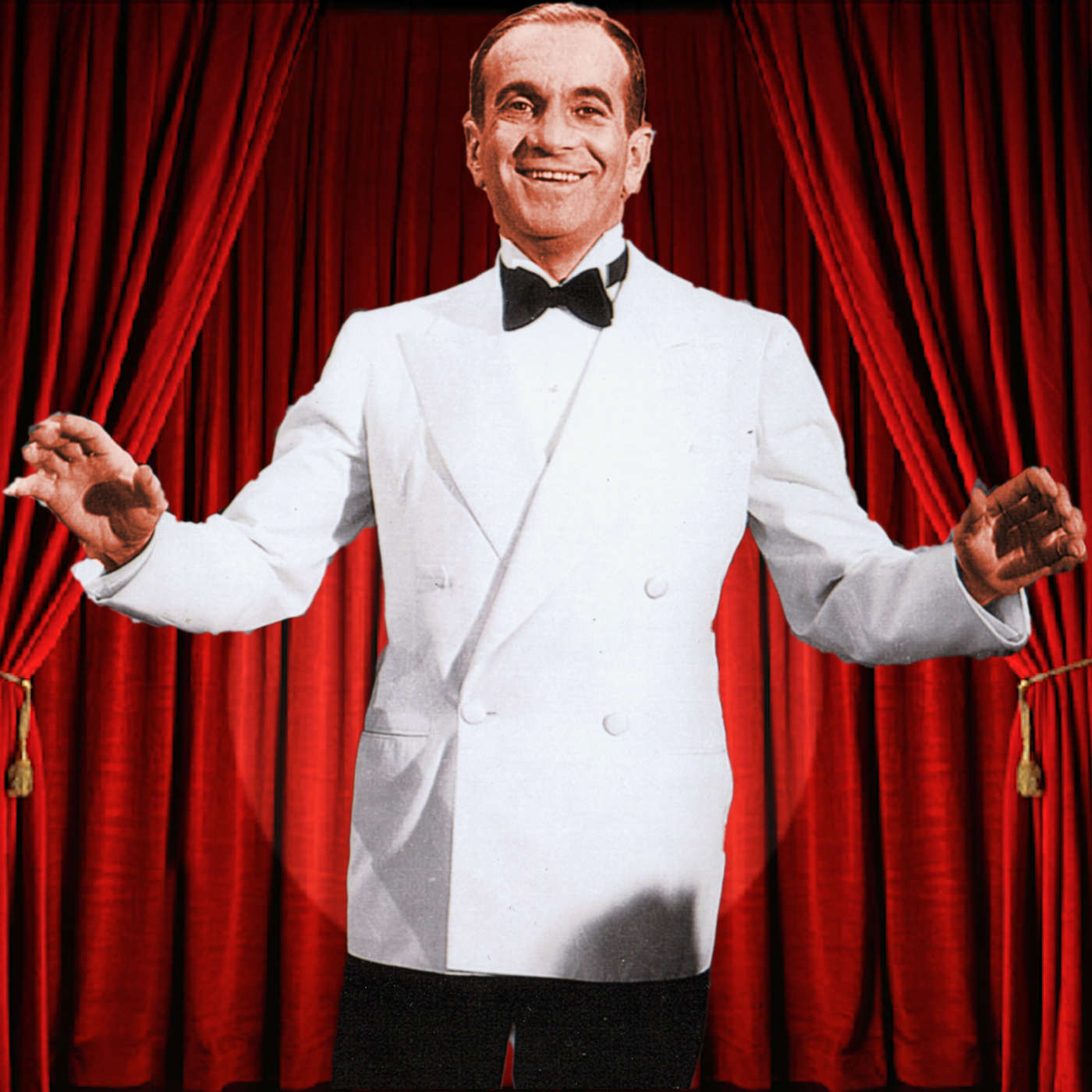Overview
Al Jolson (1886–1950) was a groundbreaking entertainer, often referred to as “The World’s Greatest Entertainer” during his prime. Born Asa Yoelson in Lithuania, he immigrated to the United States with his family in 1894. Jolson’s career is closely associated with the evolution of American popular music, theater, and film, as he became a central figure in the transition from vaudeville to mainstream entertainment.
Early Life and Beginnings
- Birth and Immigration: Jolson was born on May 26, 1886, in Srednik, Lithuania. His family settled in Washington, D.C., after immigrating to escape anti-Semitic persecution.
- Early Career: Jolson began performing in vaudeville in the early 1900s, teaming with his brother Harry. He gained attention for his exuberant stage presence and comedic timing.
- Breakthrough: By the 1910s, Jolson had established himself as a leading figure in Broadway musicals, gaining fame for his work in shows like La Belle Paree (1911).
Career Milestones
- Theater Success: Jolson dominated the Broadway stage during the 1920s, known for his dynamic performances in productions like Sinbad (1918) and Bombo (1921). His charisma and emotional connection with audiences were unparalleled.
- Recording Artist: He became one of the first artists to popularize songs like “Swanee” and “My Mammy,” contributing to the growing influence of recorded music.
- Film Pioneer: In 1927, Jolson starred in The Jazz Singer, the first feature-length “talkie” film. This milestone forever changed cinema, blending silent film techniques with synchronized sound and singing. His line, “You ain’t heard nothing yet,” became iconic.
- War-Time Contributions: During World War II, Jolson dedicated himself to entertaining troops overseas. He became the first American entertainer to perform for soldiers in combat zones during both World Wars.
Social Impact
- Cultural Influence: Jolson helped popularize African American-inspired music, such as jazz and blues, among white audiences. However, his use of blackface in performances has been heavily criticized for perpetuating racial stereotypes, a practice common in his era.
- Philanthropy: Jolson used his wealth and influence to support causes like veterans’ welfare and charities for underprivileged children. He was particularly active in promoting racial integration in entertainment.
- Trailblazer: Despite controversies, Jolson advocated for African American artists and collaborated with Black performers, paving the way for future racial integration in the entertainment industry.
Legacy and Controversy
- Artistic Influence: Jolson’s powerful stage presence and innovative techniques influenced generations of performers, including Bing Crosby, Judy Garland, and Bob Dylan.
- Controversy: Modern evaluations of Jolson’s legacy are complex due to his use of blackface. While some see him as a progressive figure for his time, others view his performances as perpetuating harmful racial stereotypes.
- Honors: Jolson’s contributions have been recognized with honors such as a posthumous Grammy Lifetime Achievement Award and a star on the Hollywood Walk of Fame.
Conclusion
Al Jolson was a transformative figure in American entertainment, embodying both the promise and contradictions of his era. His contributions to music, theater, and film remain influential, even as modern perspectives critically reassess his legacy within the broader context of cultural history.
YouTube Topic Channel:
https://www.youtube.com/channel/UC2MipQNFvbLiSoYc2meSWqQ
References
- Michael Freedland, Jolson: The Story of Al Jolson (1972)
- Will Friedwald, Jazz Singing: America’s Great Voices from Bessie Smith to Bebop and Beyond (1990)
- The Jazz Singer (1927), Warner Bros.
- U.S. National Archives: Records of Jolson’s World War II tours.


Leave a Reply